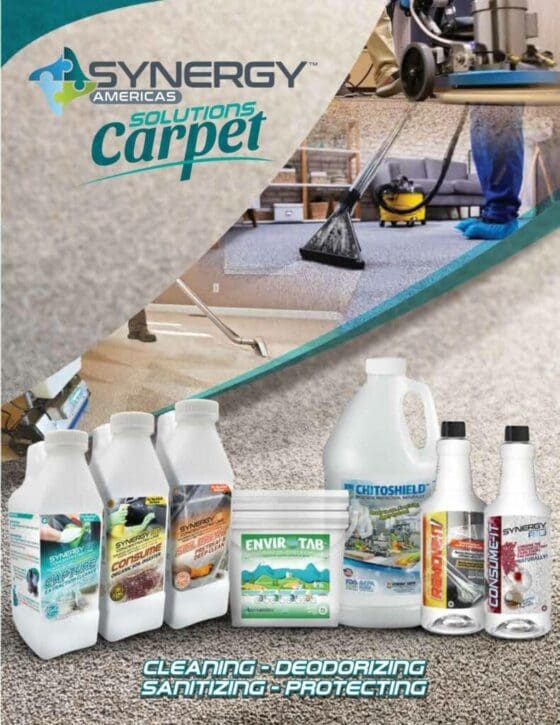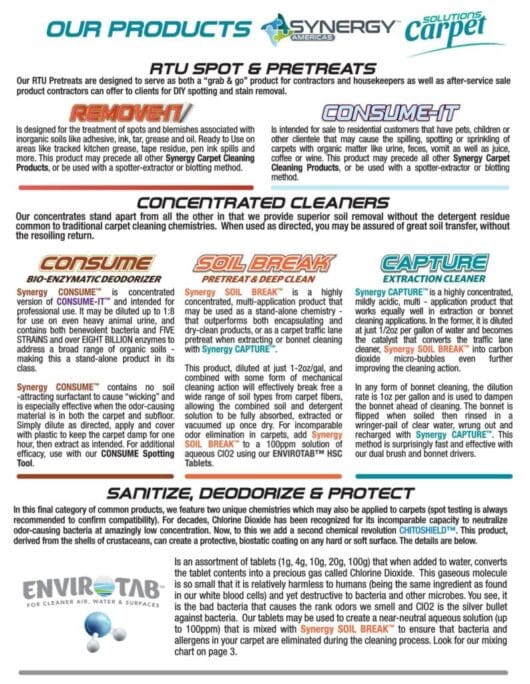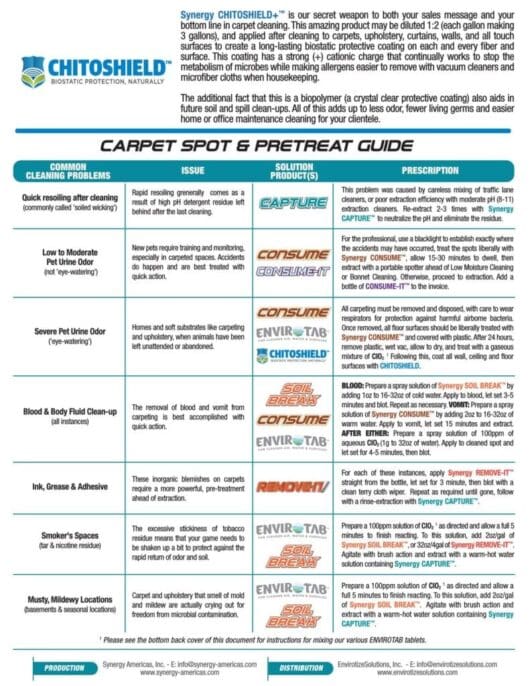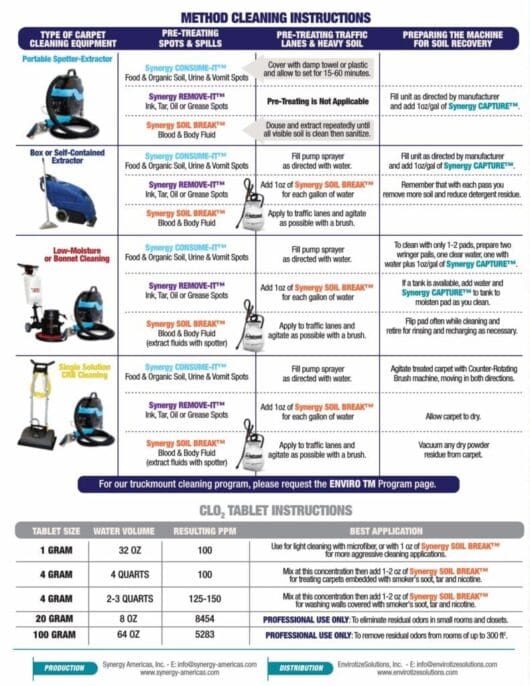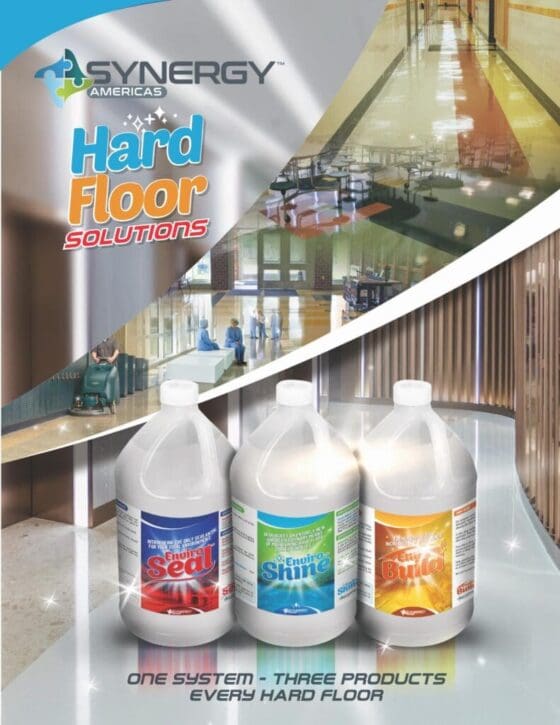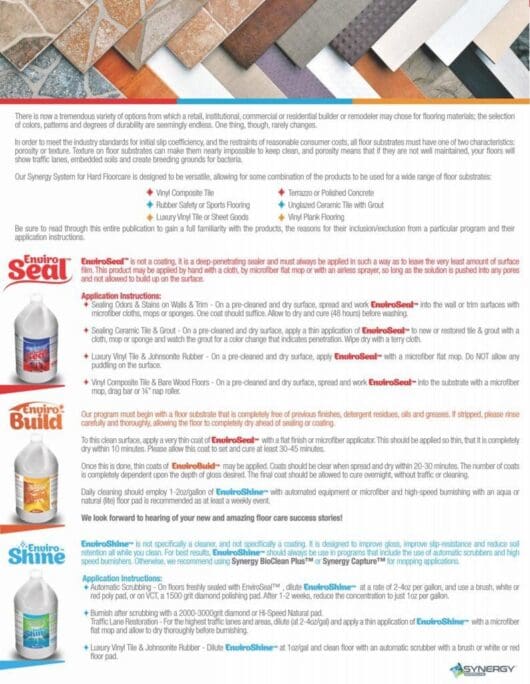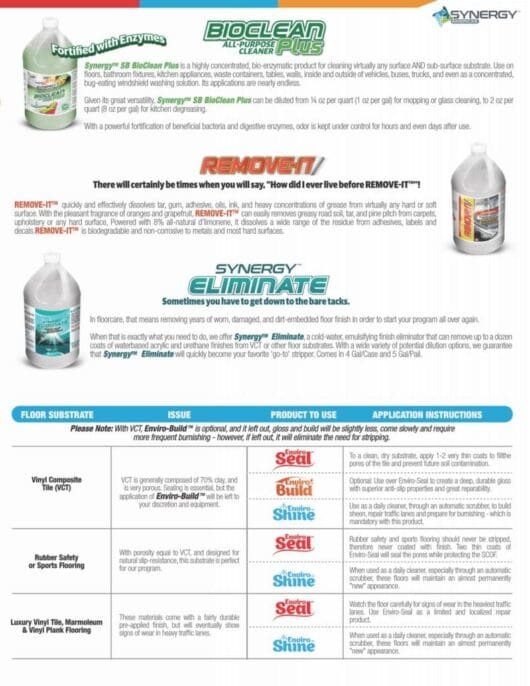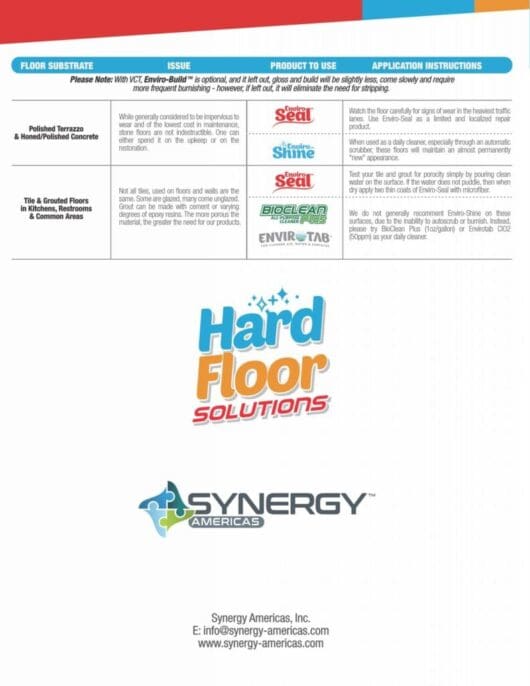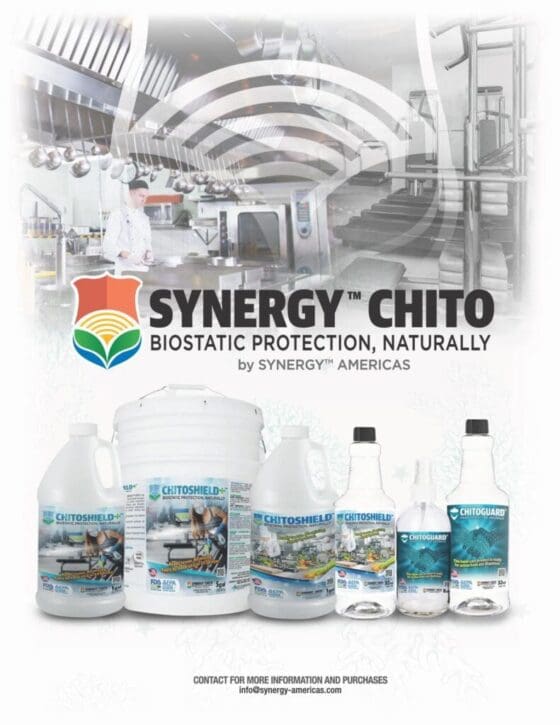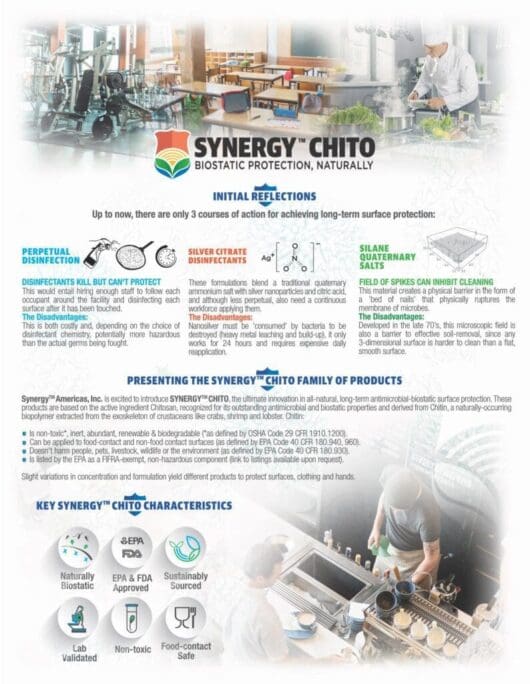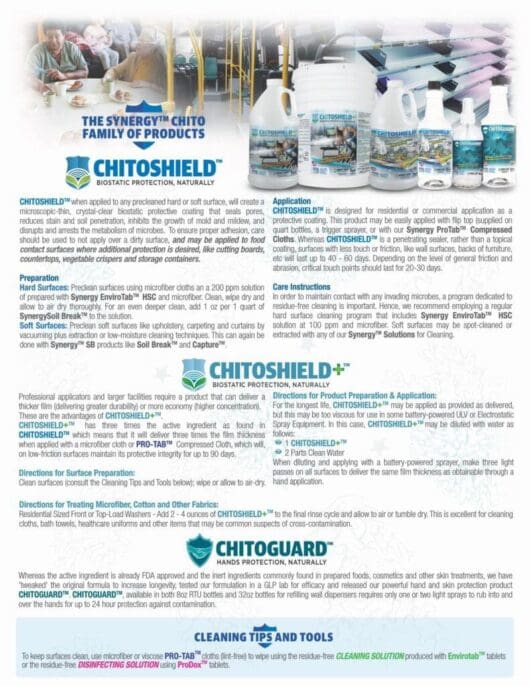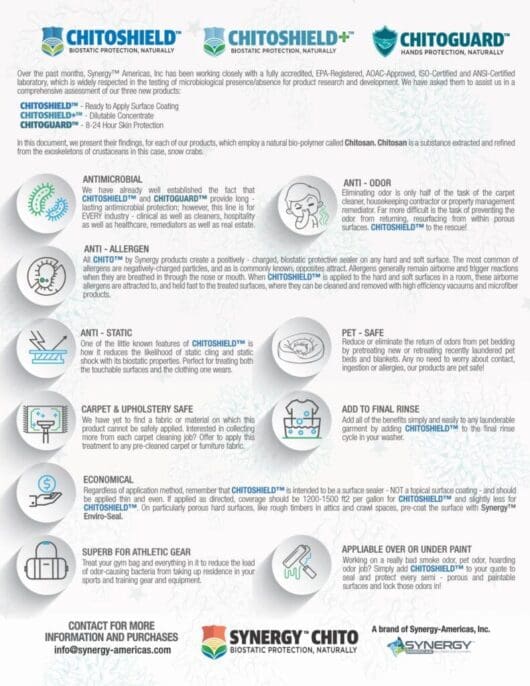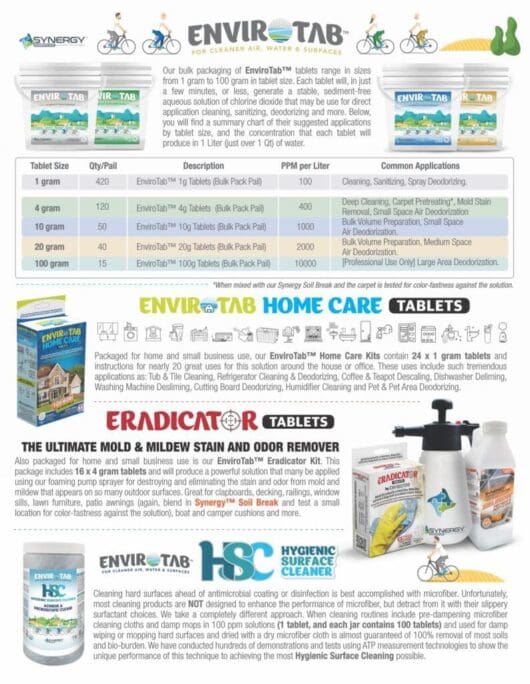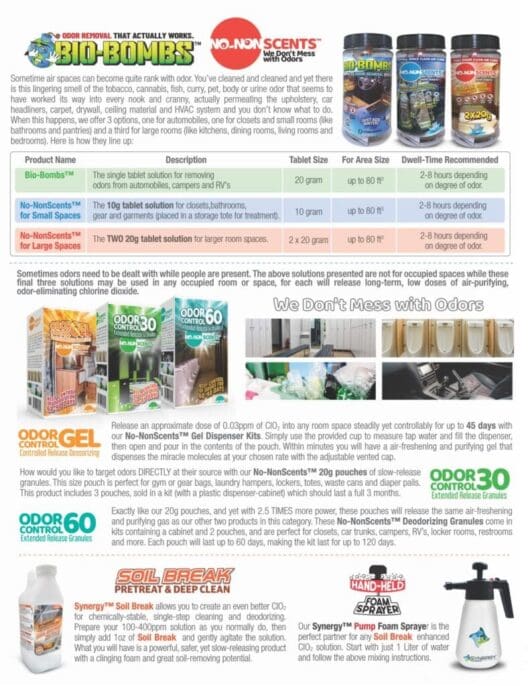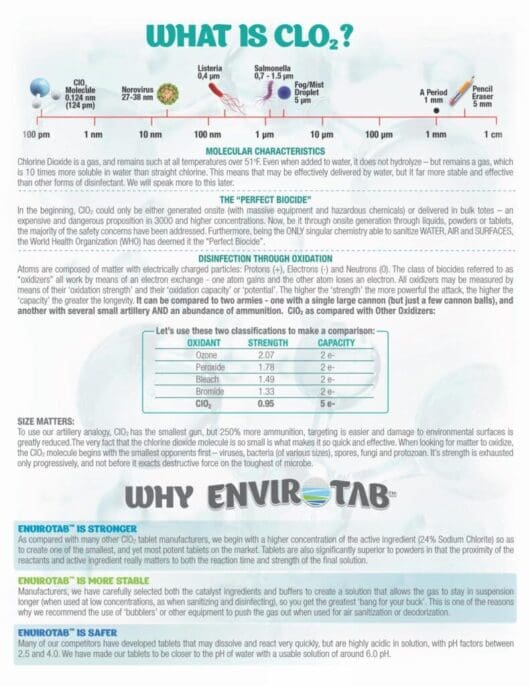Stay Connected...Drop Us a Line
For best user-experience, hit 'TAB' to move from field to field.
Cleaning Basics...Part 3
The Three Actions of Cleaning
Listen to the Audio Version:
It is hard to imagine cleaning being complete without all three of these "Actions", so let's take them in order.
Action #1: Chemical Action
You've washed dishes, right? Have you noticed that dishes that have time to soak is the hot, sudsy water are easier to clean than when you don't pre-soak them? This is due to the maximization of both the chemical (dwell-time) and mechanical (hot water) working to do the majority of the work for you. The hot water, coupled with the detergent or chemical action of the dish soap reduces your workload, your mechanical action or scrubbing of the dishes.
Action #2: Mechanical Action
Mechanical Action is usually friction. The abrasion of a scrub pad, the pressure of a brush bristle, the scrapping action of microfiber - all are mechanical "actions" that enhance cleaning performance and efficiency. The increased presence of mechanical action is directly proportional to the decreased need for chemical action. To refer back to our dishwashing analogy above, the less you soak, the more you need to scrub.

Action #3: Full ExtrAction
This third "Action" is the one most overlooked, but every bit as essential as the others. Full retrieval of wash water is essential to a "complete clean". This is what makes string mops and mop wringer pails so horrible a tool. Yes, they deliver chemical action, and yes, they provide a measure of mechanical action; but leaving 30+% of the [dirty] water behind on the floors does not make for a clean floor. By comparison, most scrubbers will extract 97% up off the floor!



